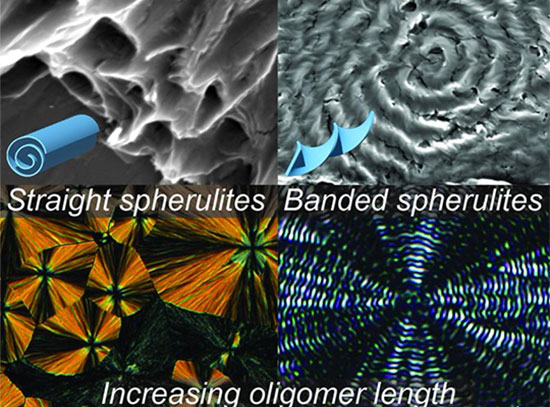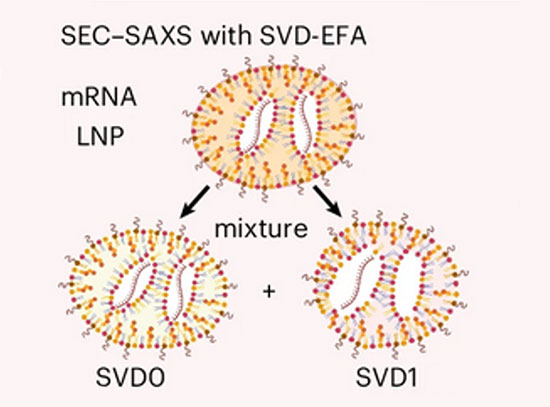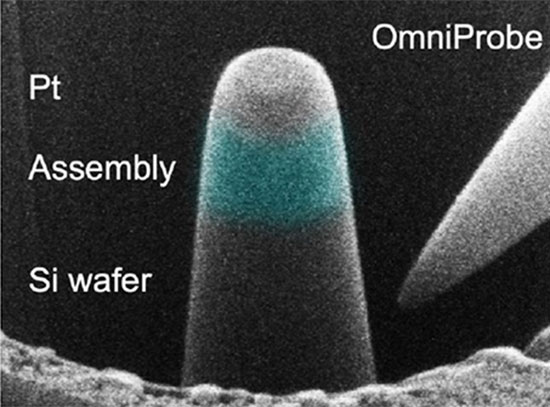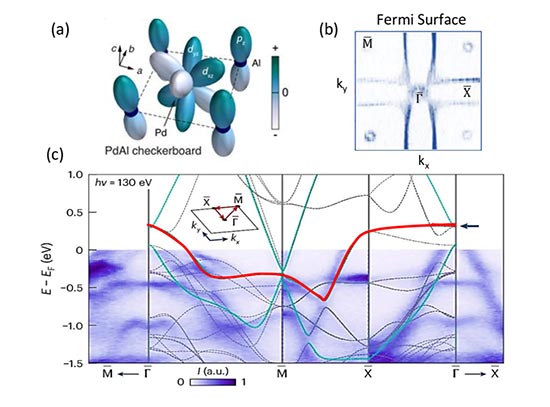3D Nanomaterials Assembly via Material Voxels
Using shape-programmable DNA frames, scientists established a new nanofabrication platform for directing nanomaterial components of different natures
January 31, 2021
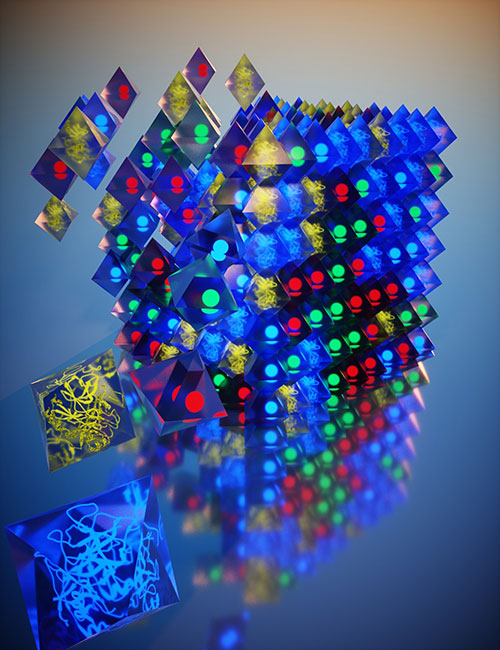 enlarge
enlarge
A schematic of the programmable assembly of 3-D ordered nanostructures from material voxels that can carry inorganic or organic nanoparticles with different functions, such as light emitters and absorbers, proteins, and enzymes with chemical activity. Image credit: Brookhaven National Laboratory.
The Science
This new approach offers a rational assembly of nano-objects into ordered 3D arrays.
The Impact
Self-assembly is an attractive method for building nano-systems for catalytic, optical, and energy materials, but creating the targeted 3D ordered nanomaterials is challenging. The developed platform offers assembly of nanomaterials via “material voxels.”
Summary
From optical to catalytic and energy materials, three-dimensional (3D) nanomaterials offer a pathway to new developments and, through self-assembly, a fast and easy way to create tailored materials. Even though self-assembly has successfully been used to organize a variety of nanomaterials, the process has been extremely system-specific, generating different structures based on the intrinsic properties of the materials used.
In this work, scientists have developed a platform for assembling nanosized material components, or “nano-objects,” of very different types—inorganic and organic—into desired 3D structures. Their new DNA-programmable nanofabrication platform can be applied to organize a variety of 3D materials in the same prescribed ways.
To demonstrate their assembly approach, the scientists selected metallic (gold) and semiconducting (cadmium selenide) nanoparticles and a bacterial protein (streptavidin) as the inorganic and organic nano-objects to be placed inside the DNA frames.
The team confirmed the integrity of the DNA frames and formation of material voxels by imaging with electron microscopes at the Electron Microscopy Facility of the Center for Functional Nanomaterials (CFN) and the Van Andel Institute. They then probed the 3D lattice structures at the Coherent Hard X-ray Scattering (CHX) and Complex Materials Scattering (CMS) beamlines of the National Synchrotron Light Source II (NSLS-II). CFN and NSLS-II are U.S. Department of Energy (DOE) Office of Science User Facilities at DOE’s Brookhaven National Laboratory. Following their experimental studies, the researchers performed computational modeling revealing that the experimentally observed lattice structures (based on the x-ray scattering patterns) were the most thermodynamically stable ones that the material voxels could form.
The team demonstrated how the assembly platform could be used to drive the organization of two different kinds of materials with chemical and optical functions.
Download the research summary slide
Related Links
Feature Story: Lab Resolves Origin of Perovskite Instability
Contact
Oleg Gang
Ogang@bnl.gov
Brookhaven National Laboratory
Columbia University
Publication
Y. Tian, J. R. Lhermitte, L. Bai, T. Vo, H. L. Xin, H. Li, R. Li, M. Fukuto, K. G. Yager, J. S. Kahn, Y. Xiong, B. Minevich, S. K. Kumar, O. Gang, L. Ordered three-dimensional nanomaterials using DNA-prescribed and valence-controlled material voxels. Nature Materials 19, 789–796 (2020). DOI: 10.1038/s41563-019-0550-x
Funding
We thank W. Xia for help with cryo-STEM imaging, M. Ji for help with negative stained TEM imaging, Y. Zhang and A. Fluerasu for help with SAXS measurement at the CHX beamline (NSLS-II at the Brookhaven National Laboratory), M. Cotlet and J. Chen for help with optical characterization, and D. Chen for help with illustrations. Cryo-EM data was collected at the David Van Andel Advanced Cryo-Electron Microscopy Suite in the Van Andel Research Institute. HL was supported by the US National Institutes of Health (GM111472 and GM124170) and the Van Andel Research Institute. This research used resources of the Center for Functional Nanomaterials, and the National Synchrotron Light Source II, which are U.S. DOE Office of Science Facilities at Brookhaven National Laboratory under Contract No. DE-SC0012704. This work was supported by the US Department of Energy, Office of Basic Energy Sciences, grant DE-SC0008772.
2021-18843 | INT/EXT | Newsroom




